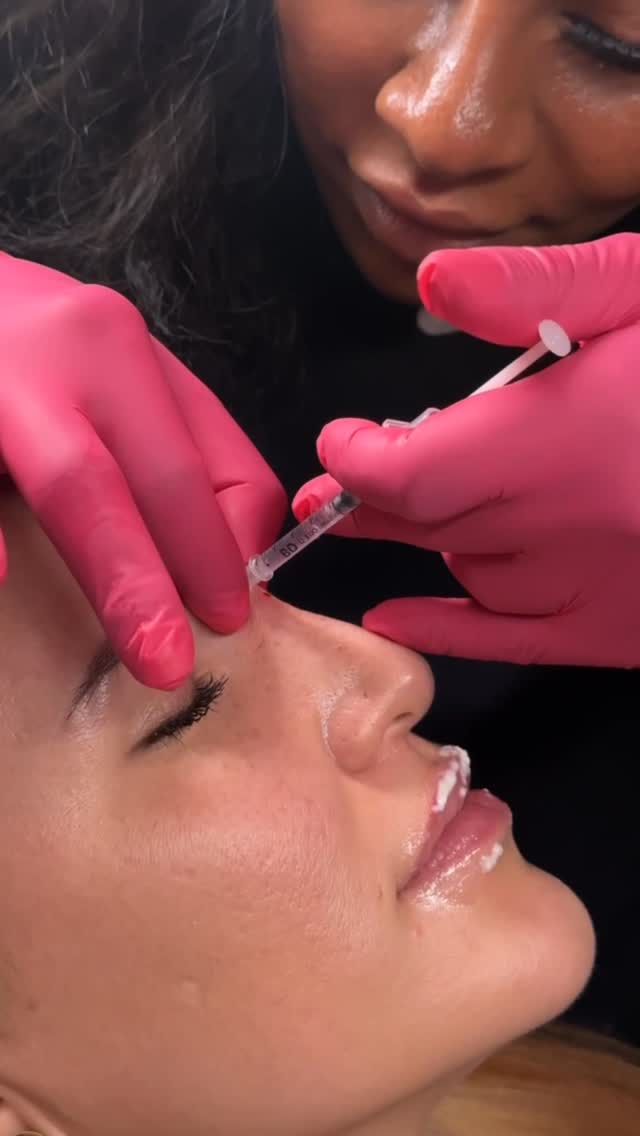
Did you know that over 4 million injectable cosmetic treatments are performed each year in the United States? This growing trend reflects how people seek subtle, natural-looking ways to refresh their appearance without surgery. Aesthetic injectables offer personalized options for smoothing lines, restoring lost volume, and enhancing facial features, making it easy for many to achieve results that match their unique goals.
Key Takeaways
| Point | Details |
| Types of Injectables | Aesthetic injectables include dermal fillers and neurotoxins, each serving specific aesthetic purposes for facial enhancement. |
| Effectiveness Factors | The effectiveness of injectable treatments depends on composition, injection technique, skin characteristics, and treatment area. |
| Safety Considerations | Injectable procedures are generally safe but can have mild side effects and rare serious complications; seek qualified professionals for treatment. |
| Cost-Effectiveness | Injectables offer a lower-cost alternative to surgical procedures, with a more accessible financial landscape for patients seeking aesthetic improvements. |
Table of Contents
What Are Injectables in Aesthetic Medicine
Aesthetic injectables are specialized medical treatments designed to enhance, restore, and rejuvenate facial features through minimally invasive procedures. According to the FDA, these treatments involve injecting approved medical device implants into specific facial areas to create smoother, fuller appearances in regions like the face, lips, cheeks, chin, and hands.
Types of Aesthetic Injectables
These treatments typically fall into two primary categories:
-
Dermal Fillers: Soft tissue implants that add volume and smooth out wrinkles
-
Neurotoxin Treatments: Injections that temporarily relax facial muscles to reduce dynamic wrinkles
As our comprehensive guide on injectable types reveals, each injectable serves a unique aesthetic purpose. Injectable fillers have become the second most common nonsurgical cosmetic procedure in the United States, offering patients versatile solutions for age-related volume loss and feature enhancement.
The effectiveness of injectables depends on multiple factors, including:
-
Specific filler material composition
-
Precise injection technique
-
Individual skin characteristics
-
Treatment area
Some fillers provide temporary results and are naturally absorbed by the body, requiring periodic treatments to maintain desired aesthetic outcomes. Ultimately, aesthetic injectables offer a strategic, customizable approach to facial rejuvenation without invasive surgical interventions.
Types of Injectables: Neurotoxins and Fillers Explained
Neurotoxins and dermal fillers represent two distinct yet complementary approaches to facial aesthetic enhancement. According to recent research from Glamour, there are five FDA-approved neurotoxins currently available in the U.S.: Botox, Dysport, Xeomin, Jeuveau, and the innovative peptide-powered Daxxify.
Neurotoxin Treatments
Neurotoxins work by targeting nerve endings and reducing muscle contractions that cause dynamic wrinkles. Learn more about anti-wrinkle treatments to understand how these injectables smooth out:
-
Frown lines
-
Crow’s feet
-
Forehead wrinkles
The newest entry, Daxxify, offers an exciting advancement with potentially longer-lasting results ranging from six to twelve months compared to traditional neurotoxin treatments.
Dermal Fillers
Dermal fillers are more diverse, encompassing multiple formulations designed to address volume loss and facial contouring. According to aesthetic research, these include:
-
Hyaluronic Acid (HA) Fillers: Juvederm, Restylane
-
Calcium Hydroxylapatite: Radiesse
-
Poly-L-Lactic Acid: Sculptra
-
Polymethylmethacrylate: Bellafill
Each filler type offers unique properties for targeting specific facial areas, providing tailored solutions for volume restoration, wrinkle reduction, and feature enhancement. The selection depends on individual aesthetic goals, skin characteristics, and desired longevity of results.
Here’s a comparison of the main injectable types:
| Characteristic | Neurotoxins | Dermal Fillers |
| Primary Purpose | Relax facial muscles | Add volume, contour features |
| Common Brands | Botox Dysport Daxxify |
Juvederm Restylane Radiesse |
| Typical Results | Smooth dynamic wrinkles | Restore volume, smooth folds |
| Longevity | 3-6 months (up to 12 wks) Daxxify: up to 12 months |
6-12 months (most HA fillers) |
| Treated Areas | Forehead Crow’s feet Frown lines |
Cheeks Lips Nasolabial folds |
| Composition | Botulinum toxin type A | HA, CaHA, PLLA, PMMA |
How Injectables Work for Facial Enhancement
Injectables are precision tools for facial rejuvenation, targeting specific muscle groups and tissue layers to create subtle yet transformative aesthetic improvements. According to recent cosmetic research, these treatments work through two primary mechanisms: muscle relaxation and volume restoration.
Neurotoxin Mechanism
Explore our specialized anti-wrinkle treatments to understand how neurotoxins function. These sophisticated injectables prevent muscle fiber contractions, effectively softening dynamic wrinkles. Research from Glamour indicates that traditional neurotoxin treatments typically provide results lasting 10-12 weeks, with newer options like Daxxify offering extended effects up to one year.
Dermal Filler Mechanism
Dermal fillers operate through a different approach, focusing on volume replacement and structural enhancement. Hyaluronic acid fillers, such as Juvéderm, work by:
-
Adding volume to facial folds
-
Smoothing nasolabial lines
-
Enhancing lip contours
-
Restoring lost facial volume
These fillers are gradually absorbed by the body over six to nine months, requiring periodic treatments to maintain desired aesthetic results. The strategic placement of fillers can:
-
Lift sagging skin
-
Restore youthful facial contours
-
Minimize the appearance of wrinkles
-
Enhance facial symmetry
By targeting specific facial areas with precision, injectables offer a customizable approach to facial enhancement that goes beyond traditional anti-aging treatments.
Safety, Side Effects, and Legal Considerations
Injectable treatments offer remarkable aesthetic improvements, but understanding their potential risks and safety protocols is crucial for informed decision-making. According to the FDA, while these cosmetic procedures are generally safe when performed by qualified professionals, they do come with potential temporary and rare serious complications.
Common Side Effects
Most patients experience mild, short-term side effects following injectable treatments, which typically include:
-
Temporary bruising
-
Localized swelling
-
Mild redness
-
Slight pain at injection site
Learn more about preparing for your injectable procedure to minimize these common reactions.
Serious Risks and Complications
While rare, serious risks associated with injectable treatments can include:
-
Vascular injection leading to tissue necrosis
-
Potential vision impairment
-
Risk of stroke
-
Allergic reactions
-
Unintended lumps or asymmetry
Important Safety Note: Only seek treatments from FDA-approved, professionally trained providers who understand intricate facial anatomy and injectable product specifications.
The FDA strongly recommends reporting any adverse events experienced during or after cosmetic injectable procedures. Patients should thoroughly discuss their medical history, potential allergies, and aesthetic goals with their healthcare provider to ensure the safest possible treatment experience.
Cost of Injectables and Comparison With Alternatives
Injectable treatments represent a cost-effective approach to aesthetic enhancement, offering significant value compared to more invasive surgical procedures. According to comprehensive research, the financial landscape of cosmetic interventions varies dramatically across different treatment modalities.
Neurotoxin and Filler Pricing
In 2022, the average pricing for injectable treatments broke down as follows:
-
Neurotoxins (like Botox): Approximately $528 per treatment
-
Hyaluronic Acid Fillers: Around $794 per syringe
Explore our detailed treatment pricing options to understand how these costs translate to personalized aesthetic plans. Pricing typically ranges from $10–$15 per Botox unit, with total treatment costs varying based on individual needs.
Comparative Treatment Costs
When evaluating aesthetic investments, injectable treatments offer remarkable advantages:
-
Surgical Facelift: $8,000–$15,000
-
Injectable Treatments: $500–$1,500
-
Laser Treatments: $1,500–$3,000 per session
Injectables provide a lower-cost, minimal-downtime alternative to surgical interventions, allowing patients to achieve significant aesthetic improvements without extensive recovery periods.
Many patients strategically combine different treatments to optimize results, creating customized approaches that balance budget, desired outcomes, and individual aesthetic goals. The flexibility of injectable treatments makes them an increasingly popular choice for those seeking targeted, cost-effective facial rejuvenation.
See Real Results With Professional Injectables at The Injection Room
Are you searching for a safe and personalized way to achieve smoother skin, fuller lips, or enhanced facial contours? If you find yourself concerned about choosing the right injectable or worried about possible side effects, you are not alone. Many people reading our “Complete Guide to Injectables for Aesthetics” want expert advice and proven results with neurotoxin or filler treatments. Now, you can turn your new understanding of injectables into actual improvements for your appearance.
Take the next step by exploring our range of aesthetic services at The Injection Room. Here, licensed providers use advanced neurotoxin treatments for wrinkles and premium dermal fillers to restore youthful, natural-looking features. You can browse our skincare solutions and see how we help each client look and feel their best. Don’t wait to start your personalized enhancement plan. Visit our main website to book your consultation today and experience expert care in a supportive environment.
Frequently Asked Questions
What are aesthetic injectables?
Aesthetic injectables are specialized medical treatments that enhance, restore, and rejuvenate facial features through minimally invasive procedures, including dermal fillers and neurotoxin treatments.
How do neurotoxin treatments work for wrinkle reduction?
Neurotoxin treatments work by targeting nerve endings to reduce muscle contractions that cause dynamic wrinkles, resulting in smoother skin in areas like the forehead and around the eyes.
What is the difference between dermal fillers and neurotoxins?
Dermal fillers primarily add volume and contour features, while neurotoxins relax facial muscles to reduce wrinkles. Each type serves a unique purpose in facial aesthetics.
How long do the effects of injectables last?
The duration of results varies: neurotoxin effects typically last 3-6 months (up to 12 months for newer options like Daxxify), while most dermal fillers provide results for 6-12 months before requiring maintenance.






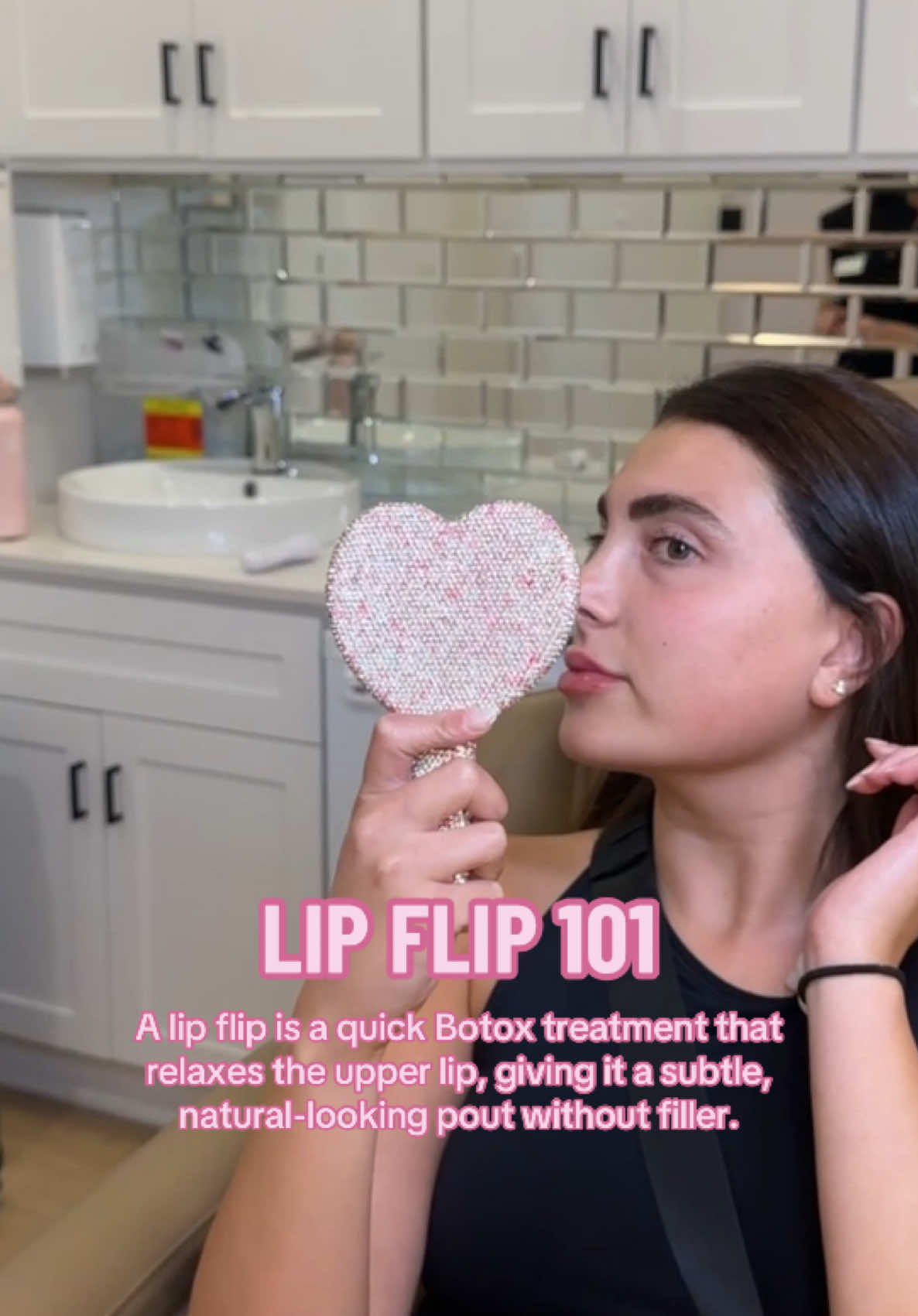




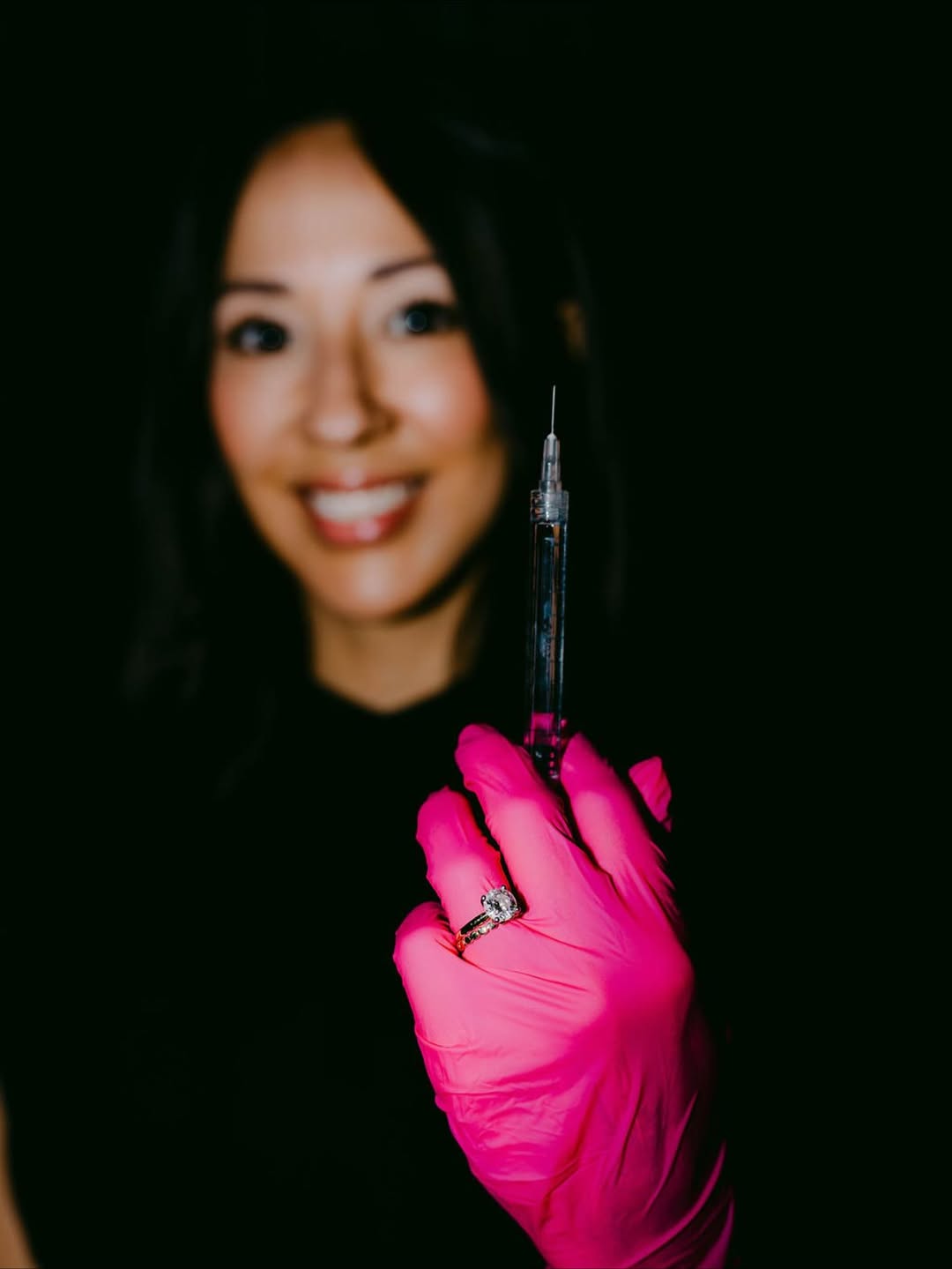

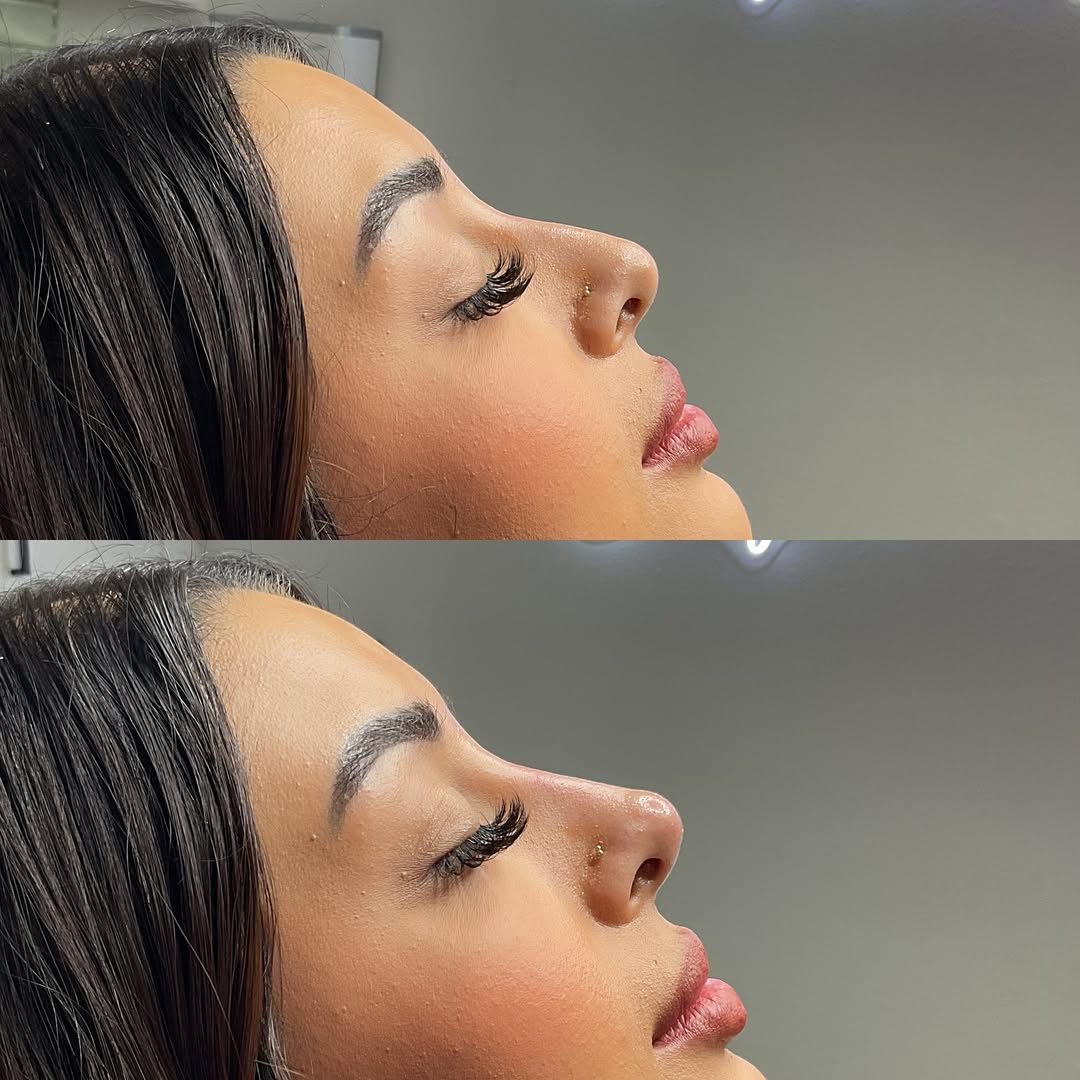


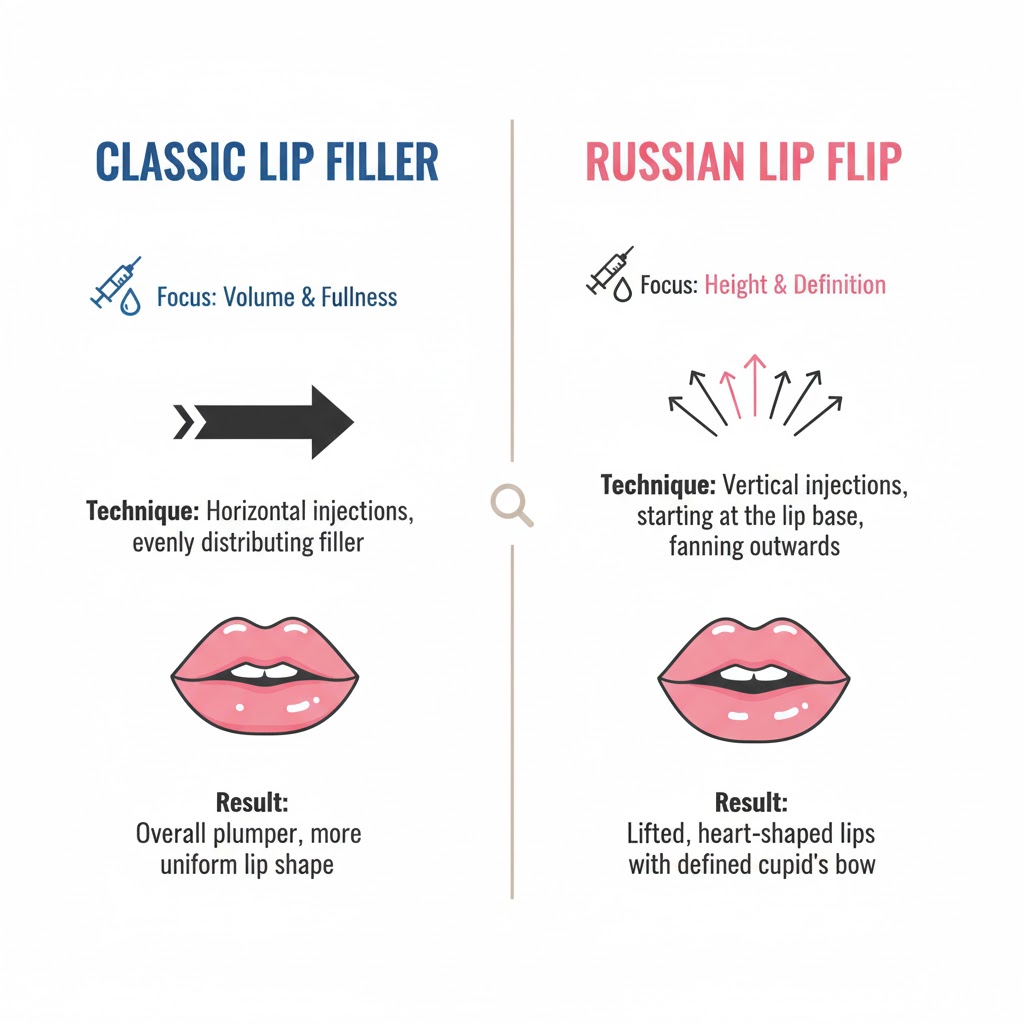

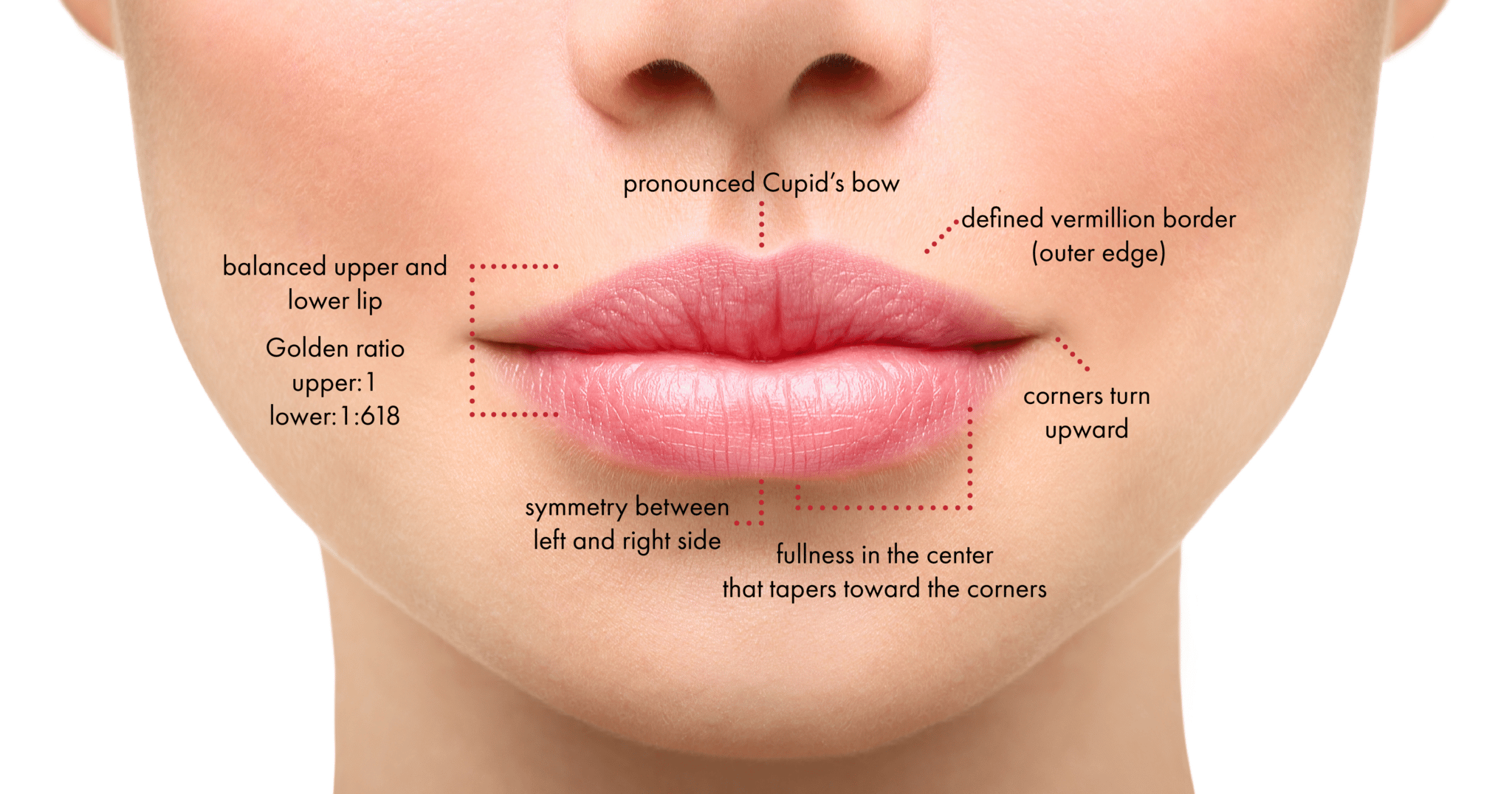
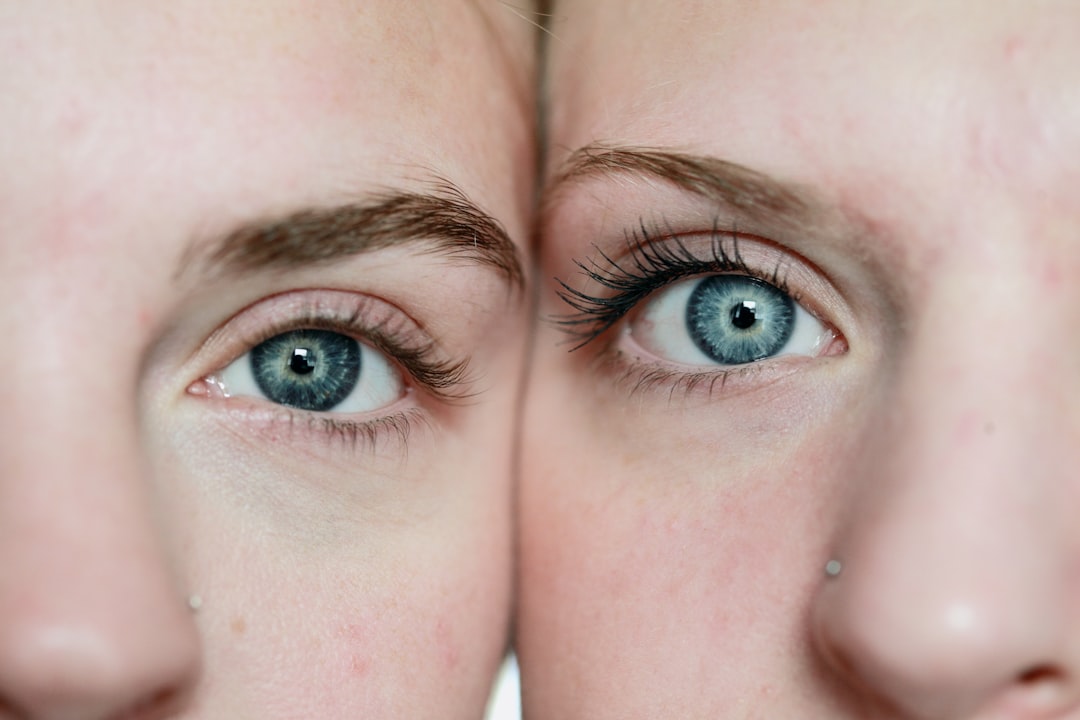
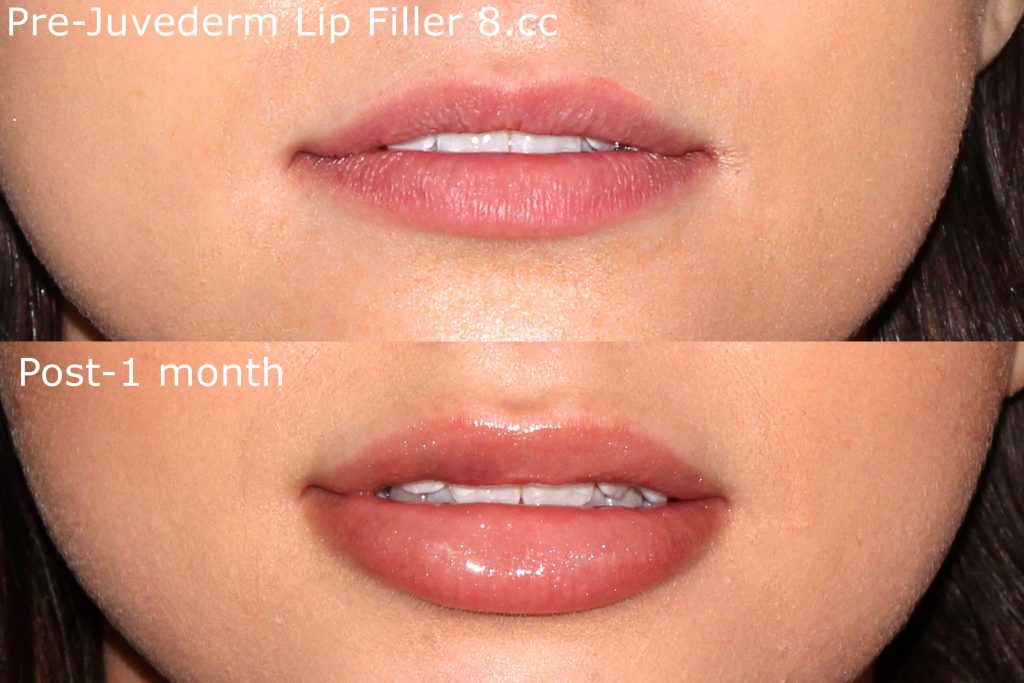


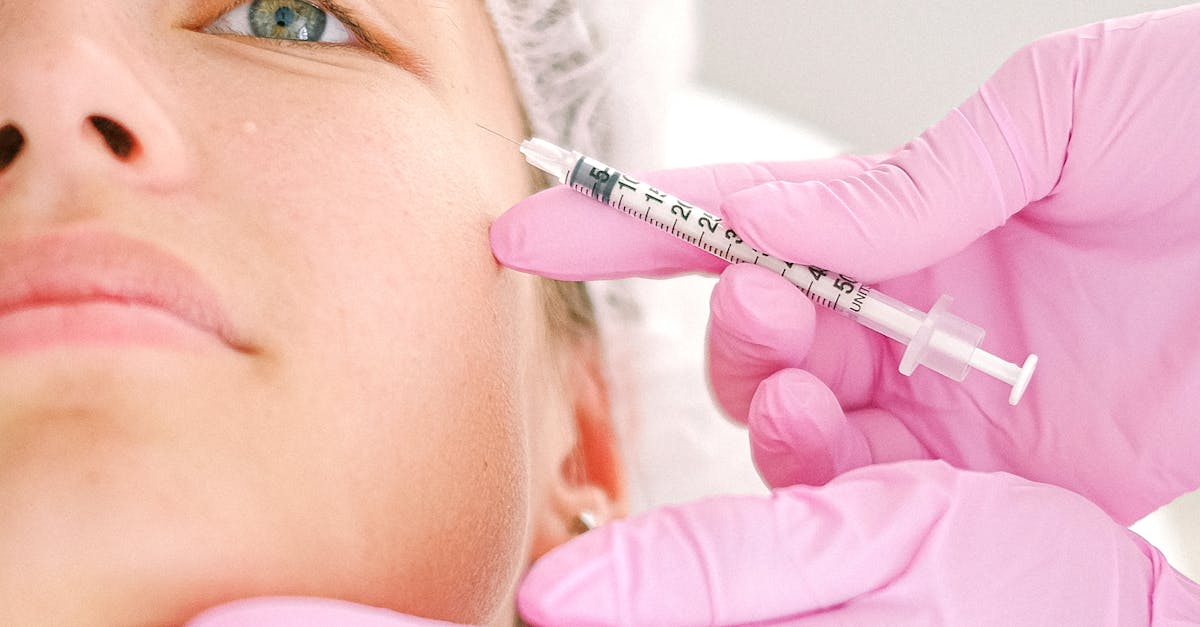

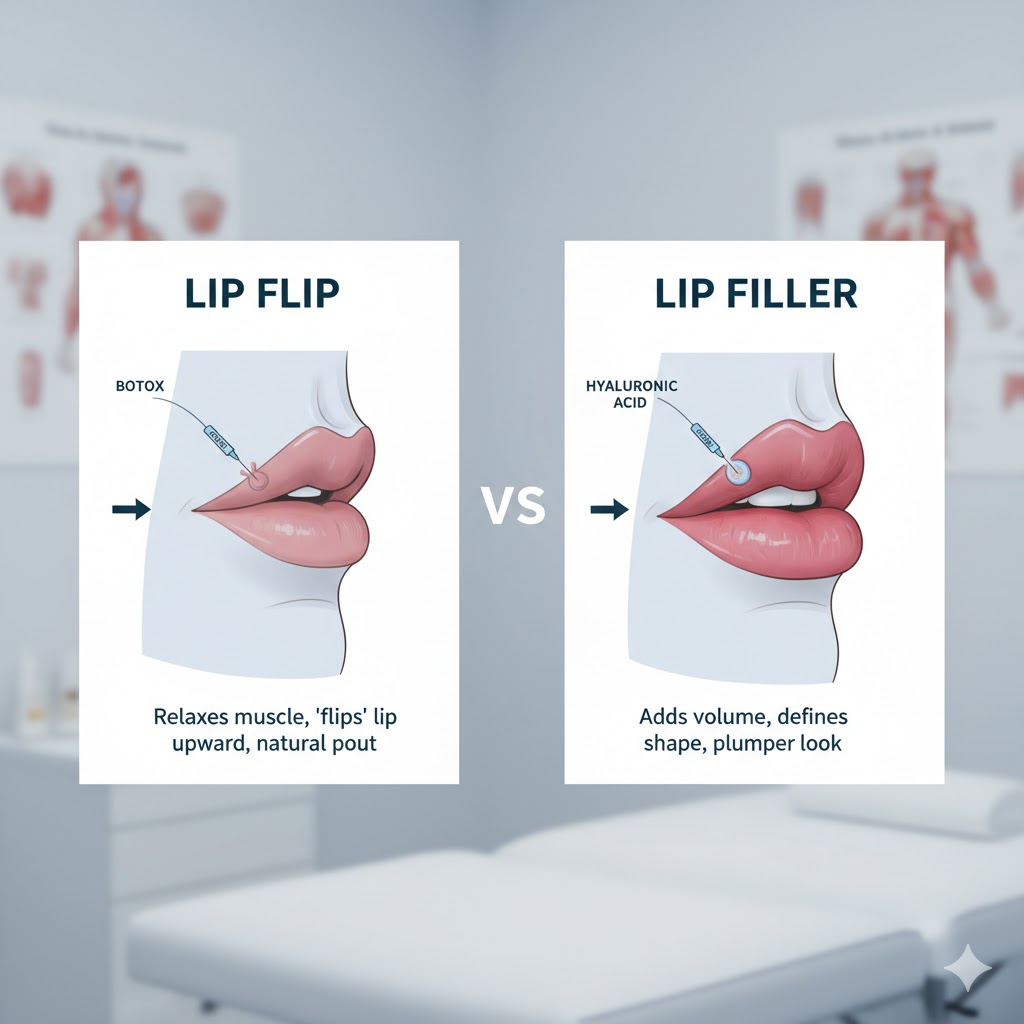



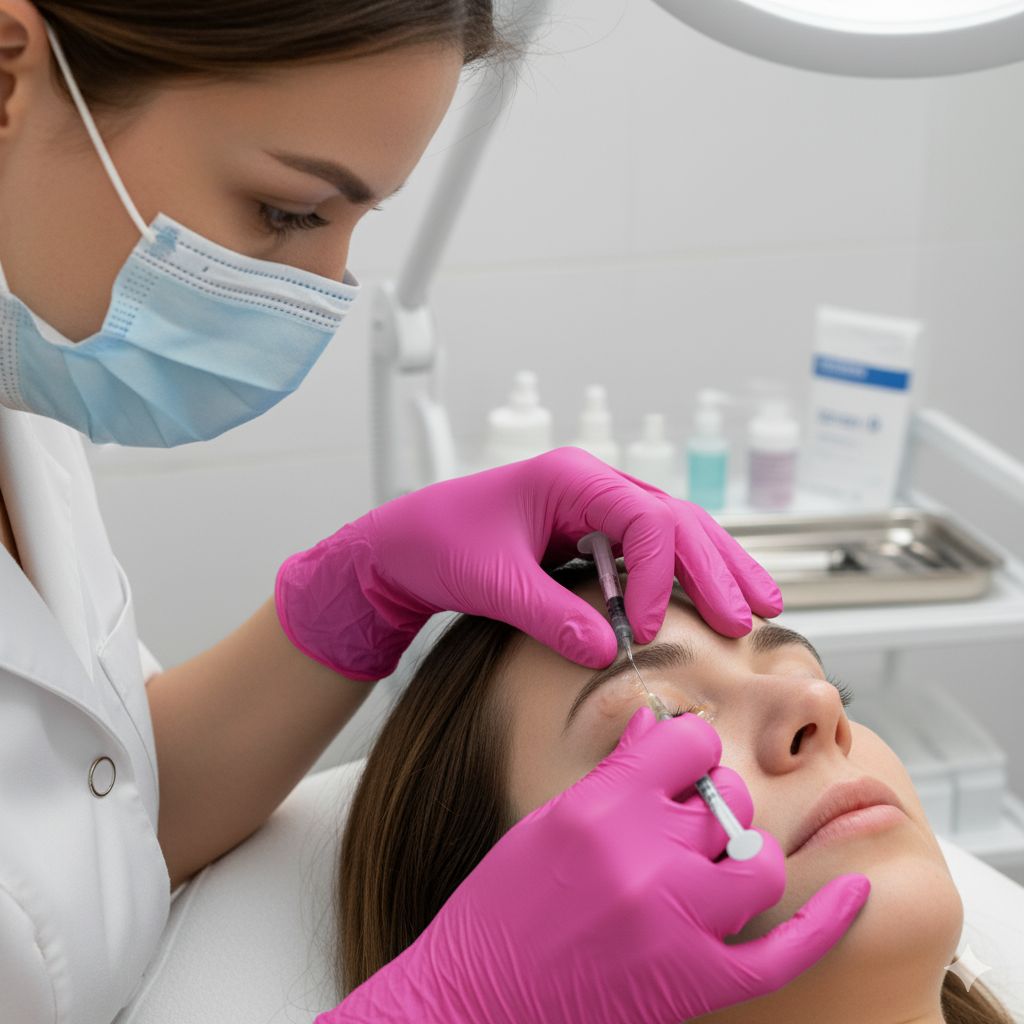
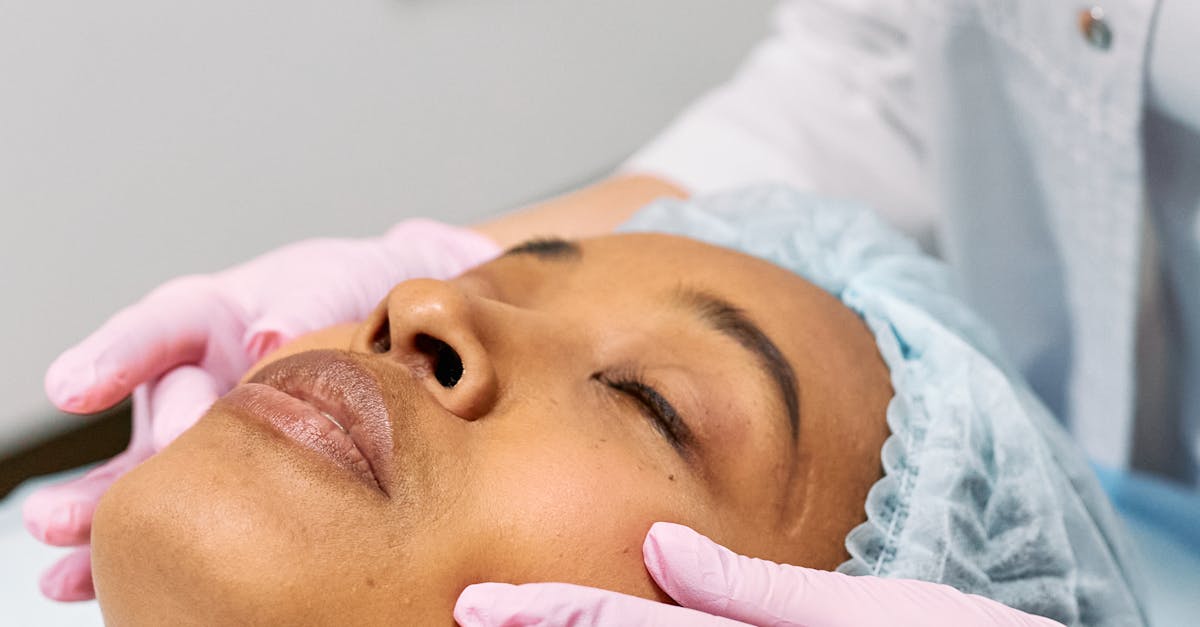

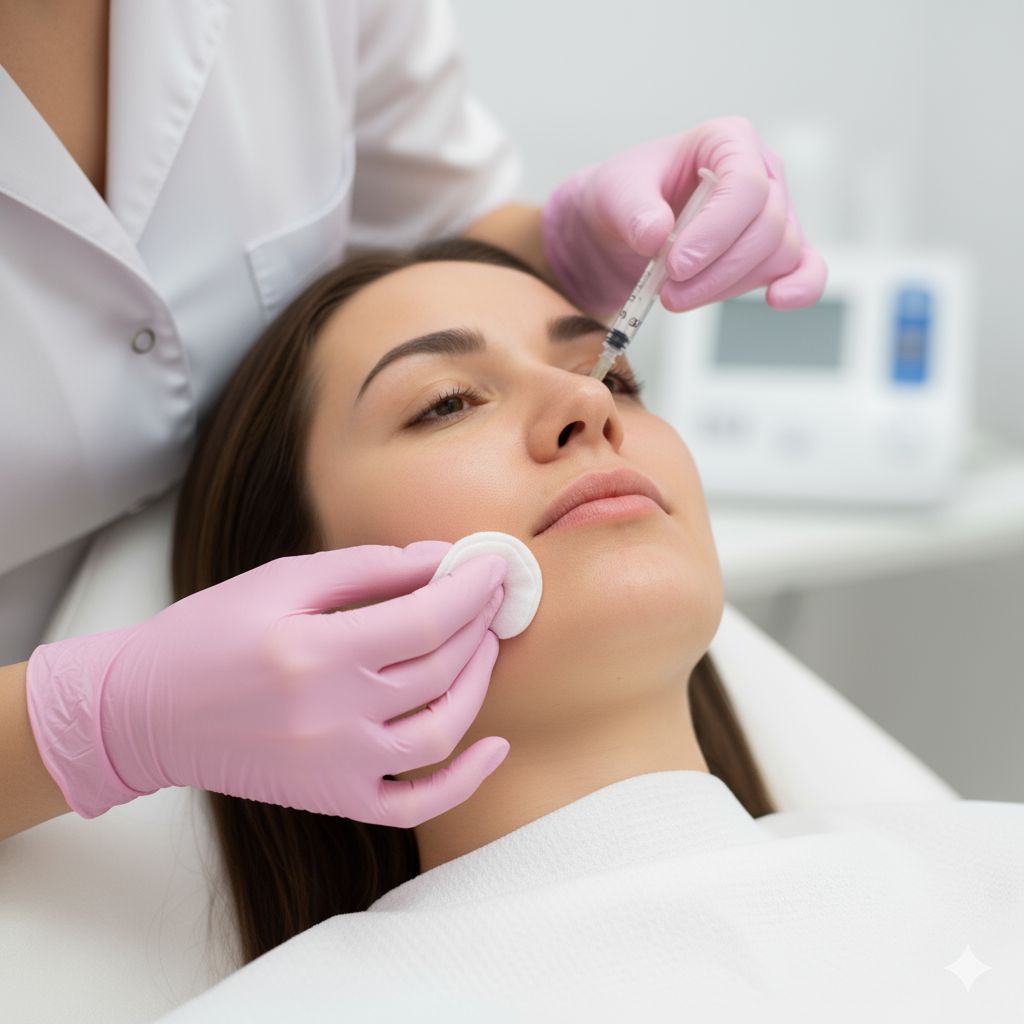
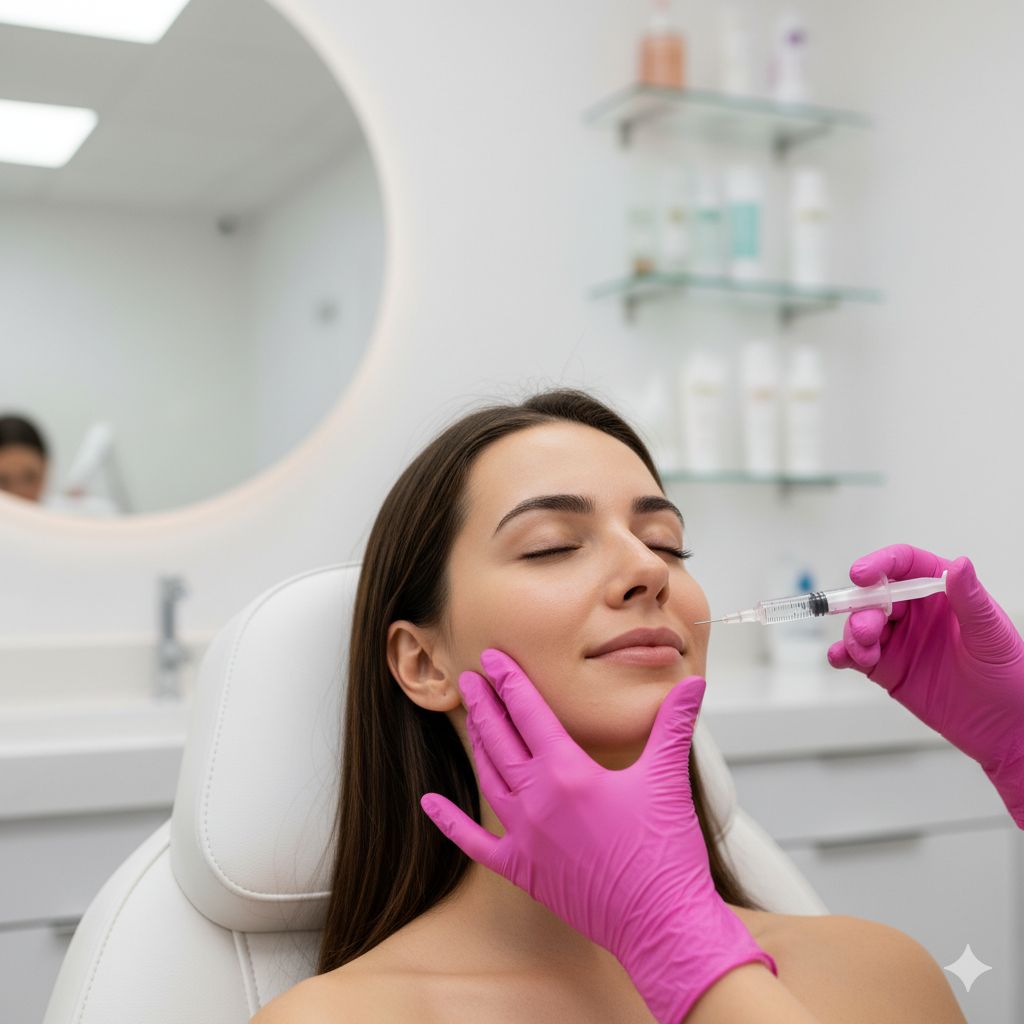
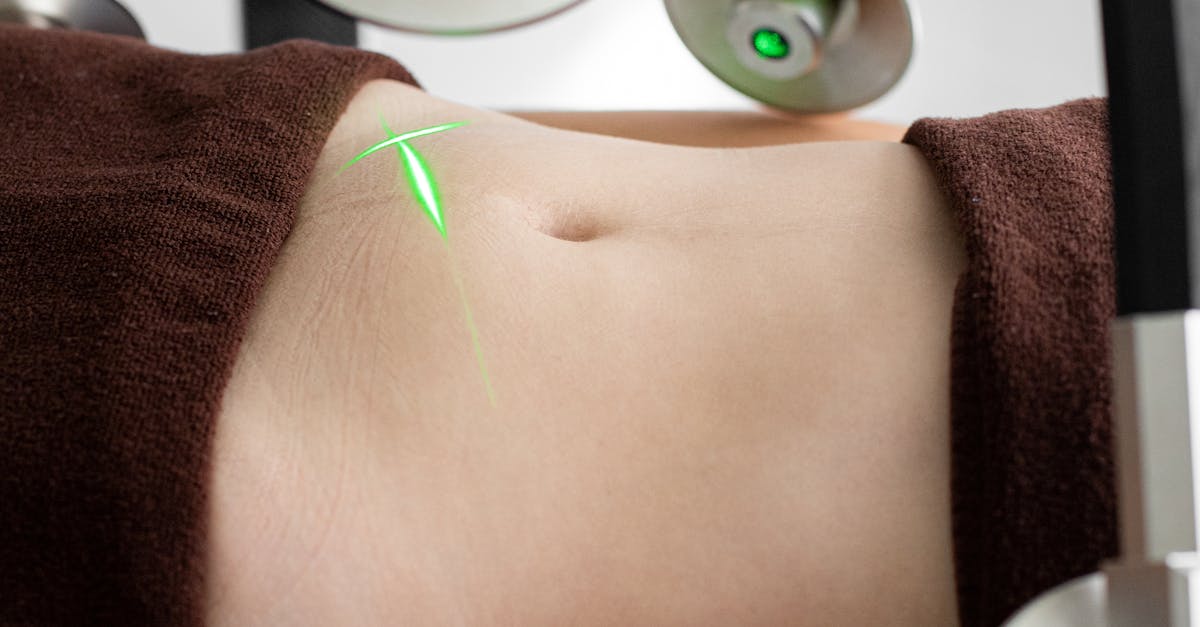

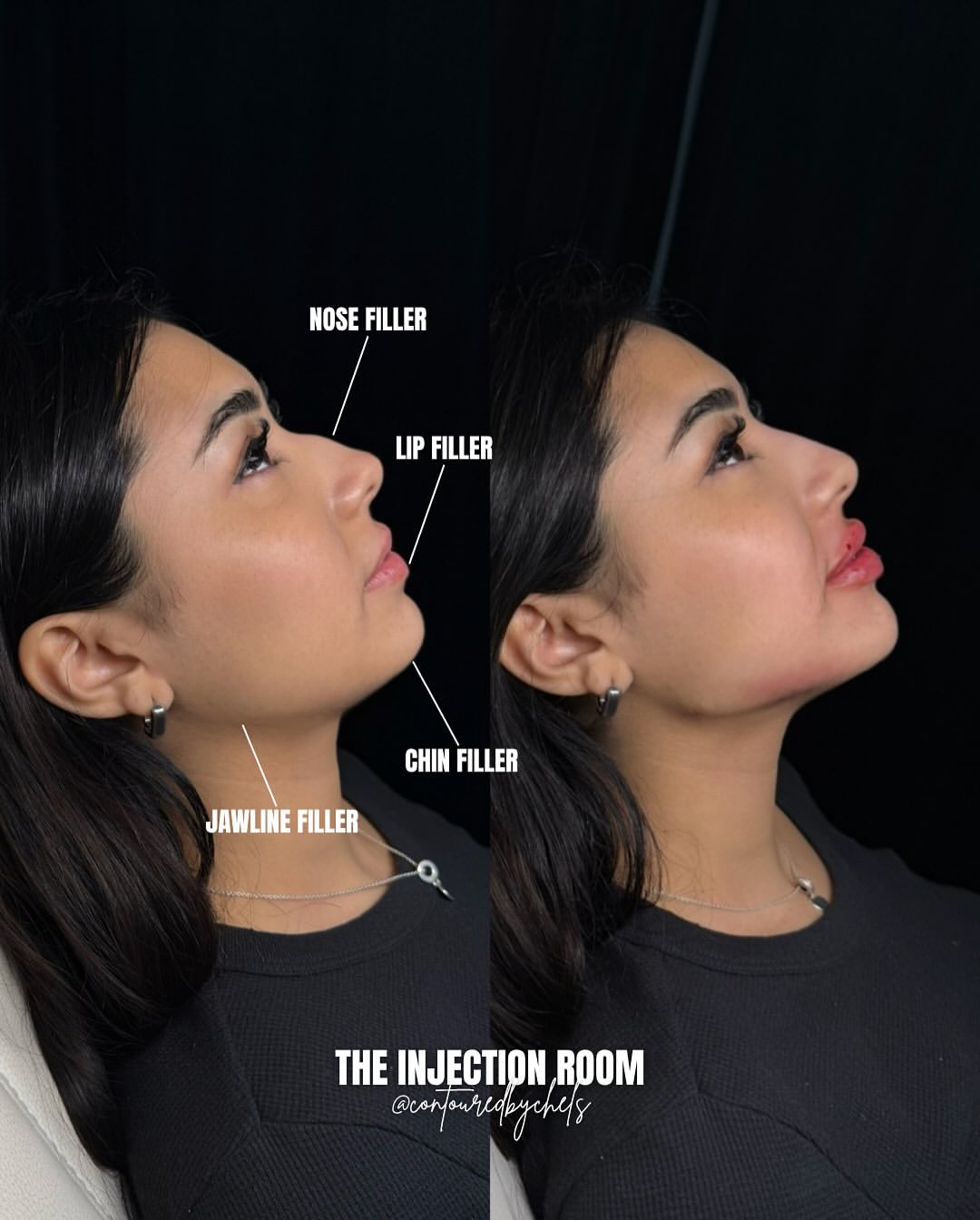

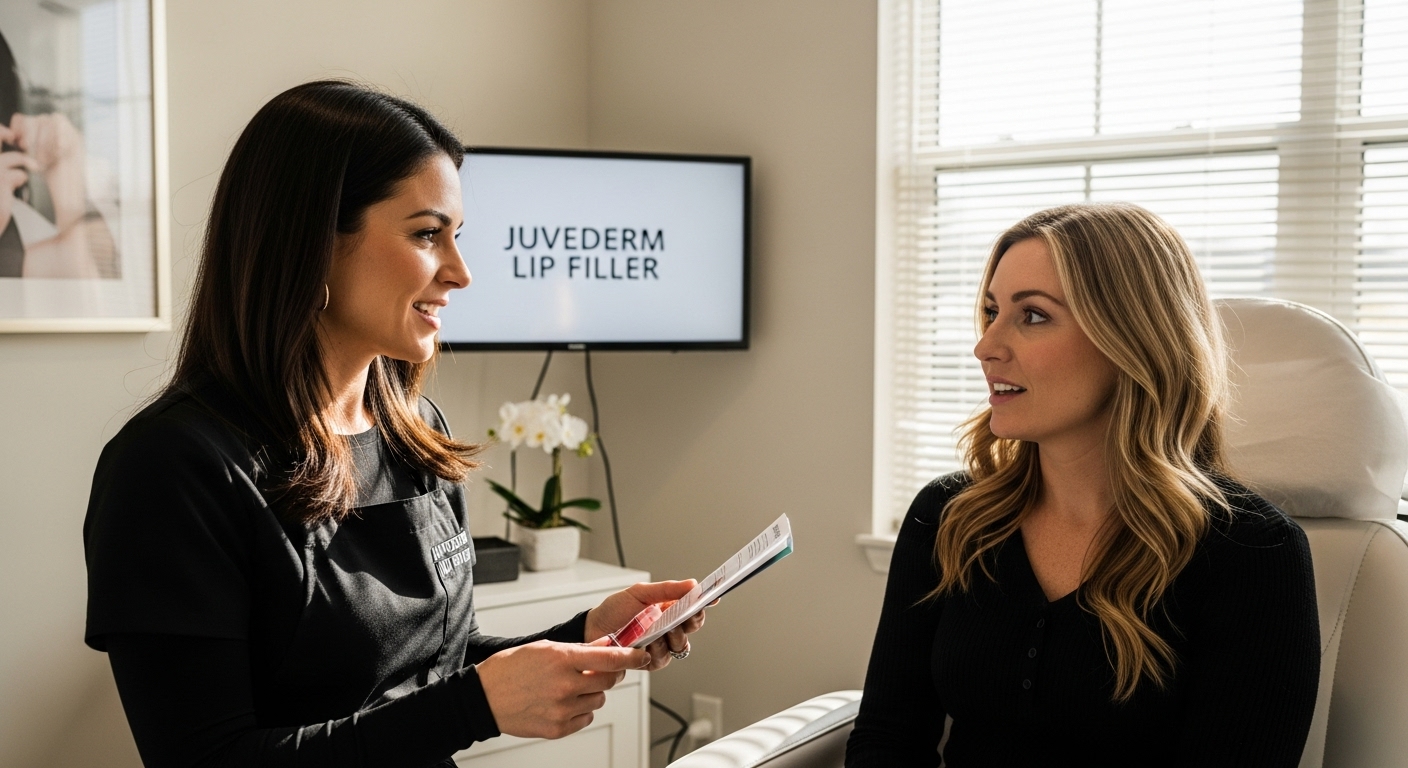


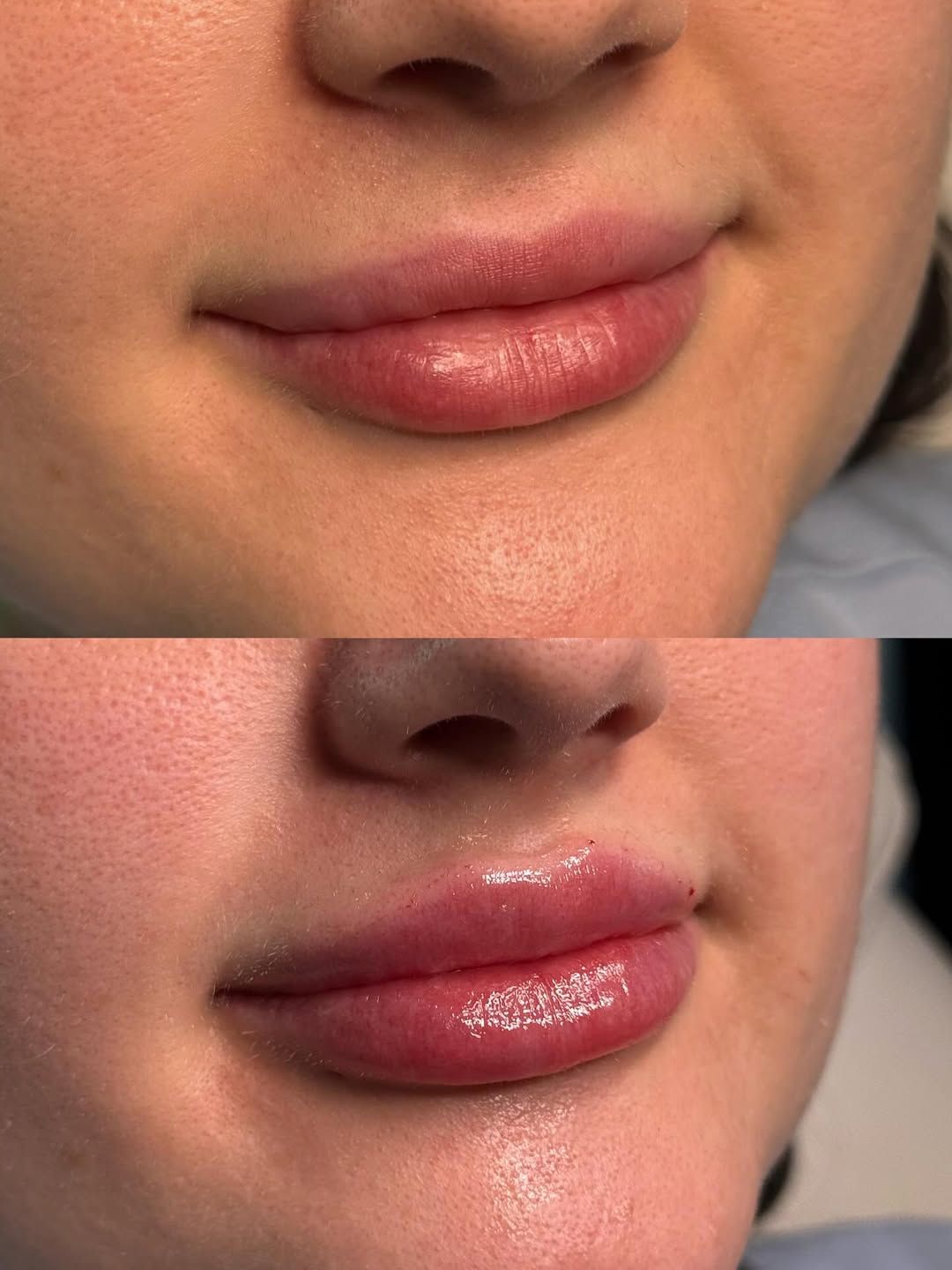
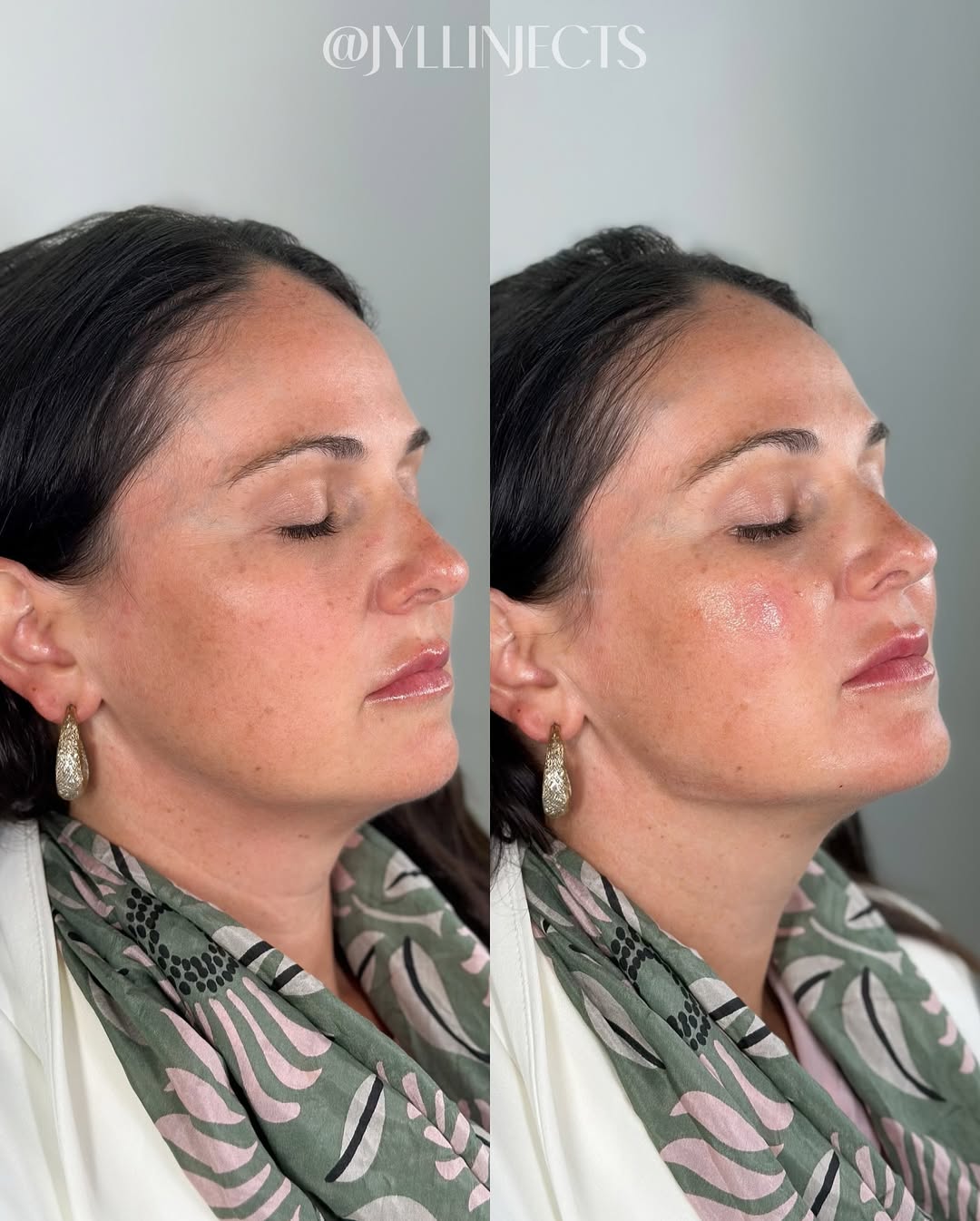


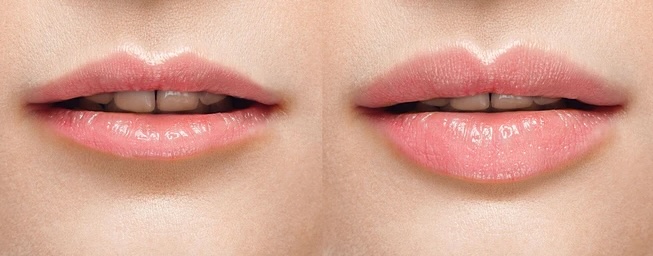

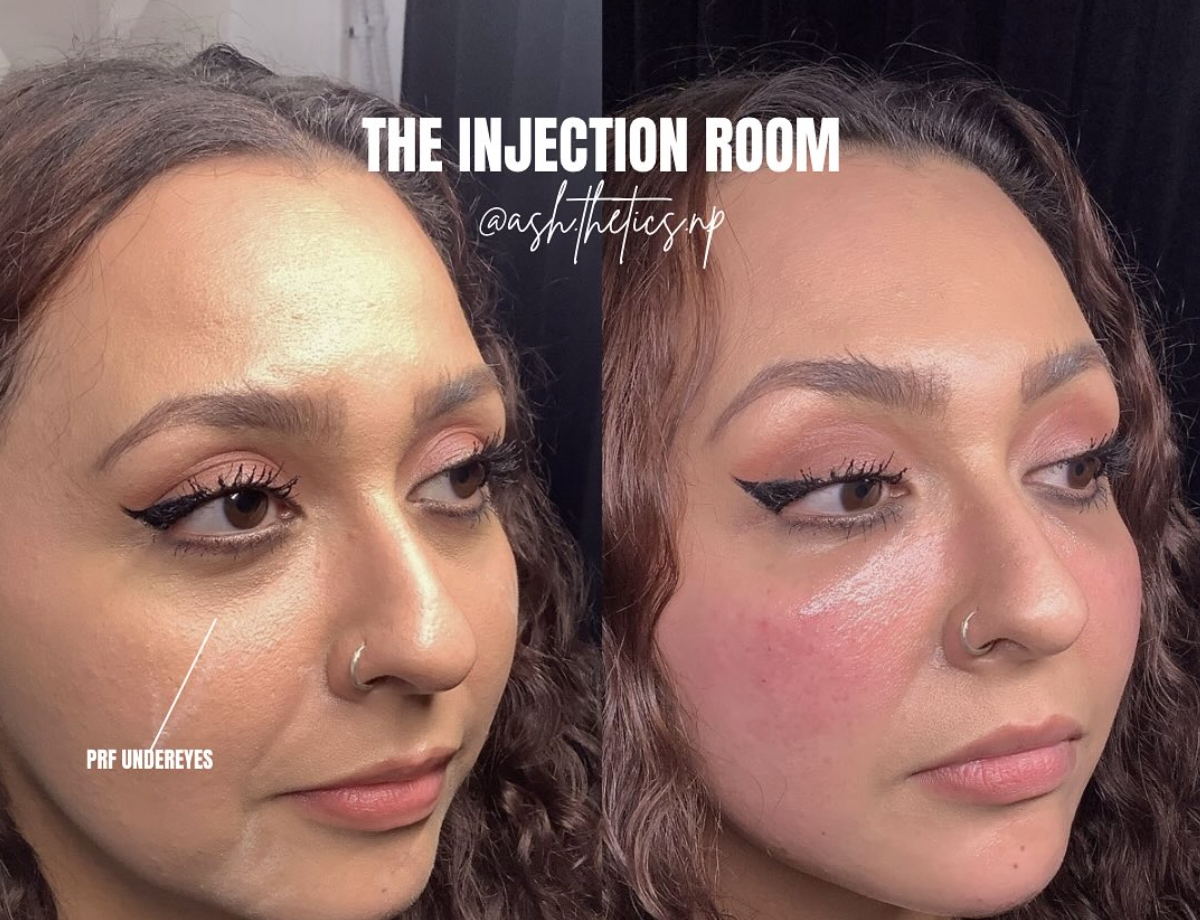



.jpeg)
.jpeg)
.webp)

.jpeg)











